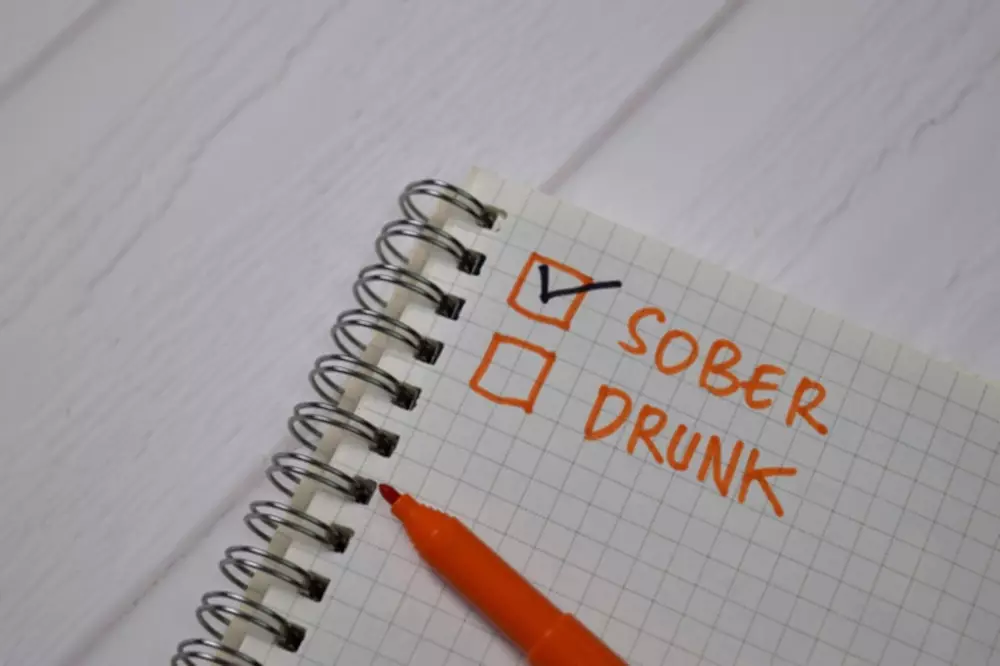The state also increased reliance on private facilities within California by sending 2,000 persons to such facilities. In 2015, California spent over $12 billion on incarceration of offenders (Eaglin, 2015). Recovery residences are designed to be safe and supportive living environments that encourage recovery from substance use disorder and related problems. Recovery residences offer peer-based support for long-term recovery, often require a goal of abstinence, and some residences integrate professional support as well. There is a growing body of research showing recovery residencies are empirically supported continuing care options for substance use disorder. In 2019, the state released a five-year strategic plan to better assist their sobriety.
- There are several factors that you should consider before deciding where to live after completing a treatment program for a substance use disorder.
- There is also a need for research that examines outcomes within a broader context that includes examination of the social environments within the houses, the neighborhoods where they are located, and services offered with recovery systems of care in the local community.
- Perimeter is a sober living home, not an addiction treatment center or medical facility.
The Connection Between Substance Use and Trauma
To counteract these proposals, I highlight the importance of stakeholder involvement to actively influence criminal justice and housing policies, both of which affect the disposition of persons convicted of drug offenses. One of the limitations of recovery residences is that they emphasize a goal of abstinence and some individuals arrested for drug offenses may not want to be abstinent. Supportive housing programs that do not require abstinence may be an option for some of these individuals.
Rejuvenate Homes
- In those cases, HF might not offer sufficient support for abstinence and could put them at risk for relapse and re-incarceration (Polcin, 2016).
- Staff discussed the recovery housing option with all patients as part of the intake process and individuals could initiate or end recovery housing at any point of their outpatient treatment.
- Thus, a resident may be required to leave the home before they feel ready or before they have made other living arrangements.
- Some Level 2s offer more formalized recovery support services and life skills development, but not to the degree found in Level 3s or 4s.
- Recovery residences are listed by the amount (least to most) of resident financial responsibility toward program fees each month.
We also need to disseminate studies showing the improvements recovery home residents make, including decreasing substance use, finding employment, decreasing arrests, and improving relationships with family members. Of the 980 clients who received services at the outpatient treatment program during the study period, about two-thirds of clients were men (65%), non-Hispanic White (87%), age 30 or older (68%), and had some sort of postsecondary education (89%). Forty-four percent of the sample had both alcohol and drug diagnoses in their records, and about half (52%) had more than two different types of diagnoses.
Portland Sober House
Others may impose additional requirements on such residents, including provisions for safekeeping of medications. In some states, recovery residences for alcohol and drug problems play important roles in providing housing for persons on probation or parole. The National Association for Recovery Residences (National Association of Recovery Residences, 2012) identified four types or levels of residences, which Were summarized by (Polcin, Mericle, Hoewell, Sheridan, & Christensen, 2014). In contrast to a rating system (e.g. 1-star vs 5-star), the NARR Levels distinguish between types (categories) of recovery residences, which differ in the kind and intensity of services and supports they provide. Individuals need various types and levels of support at different stages of recovery.
- The NUWAY Alliance is a nonprofit organization created in October 2019 to provide leadership, innovation, and recovery access in response to national and local trends in behavioral healthcare.
- In addition to demographic characteristics (e.g., gender, race/ ethnicity, age, and educational attainment), the researchers created variables to examine dimensions of service need and service use.
- They also examined differences between these two groups with respect to outpatient program discharge status (i.e., were they discharged from treatment with or without staff approval) and length of stay in outpatient treatment.
- One of the main benefits of this type of housing, he said, is it allows people in recovery to change their sense of community and form a new one.
St. Paul Sober Living
Between 1985 and 2013, state expenditures on corrections increased from $6.7 billion to $51.9 billion. Incarceration has also led to seriously overcrowded prisons and jails leading to legal action in a number of states. For example, in 2006, California had the largest state prison system in the U.S. with over 173,000 persons incarcerated, but the maximum capacity was approximately (Warren, 2006). The court ruled that state prisons in California must release nearly 40,000 incarcerated persons because the extent of overcrowding in state prisons made it impossible to provide adequate medical and mental health care (Lofstrom & Martin, 2015). One strategy to comply with the order was to transfer 9,000 prisoners to out-of-state prison facilities (Eaglin, 2015), which makes it difficult for family members to maintain contact or take part in any type of family services.
New Beginnings Sober Homes
- Incarceration in the U.S. has increased 500% over the past four decades, and the U.S. is now the world leader in incarceration, outpacing Russia by 36% per capita (Sentencing Project, 2015).
- They may also be more closely linked with a faith-based community, treatment center or other supplemental support community.
- Recovery residences offer peer-based support for long-term recovery, often require a goal of abstinence, and some residences integrate professional support as well.
One of the advantages of level three residences (Mericle et al., 2015) is they offer a variety of on-site services to address resident needs and in some cases more actively work to connect residents to services they need in the community. While outcomes for criminal justice involved gratitude house sober living residence residents have not been studied in these residences, they may be more appropriate than level two settings for persons who present with more serious needs. However, one of their drawbacks may be that unlike Oxford Houses and SLHs, many of them have a maximum length of stay.
This structure ensures that all residents are actively engaging in community life and that each man continues to maintain sobriety and makes progress in his recovery while living in the halfway house. She left that situation and moved into an Oxford House, a self-supporting and drug-free https://ecosoberhouse.com/ home. The number of occupants in each home ranges from six to 15, and there are houses for men, women and women with children. The HUD brief also encourages local continuums of care to consider recovery housing, and permits Continuum of Care funds to be used for that purpose.

A person will only get kicked out if they relapse, don’t pay their equal share of expenses, or behave disruptively. “What we want to do is make sure that anybody living in a recovery residence or operating a recovery residence in the state is operating at what we consider best practices,” Lewis said. Butch Lewis works with the certifying agency, Colorado Association on Recovery Residences. One of the main benefits of this type of housing, he said, is it allows people in recovery to change their sense of community and form a new one. Each Oxford House has six officers, like president or treasurer, that are filled by residents.
Poulsbo’s Nelson House could host drug recovery residence – Kitsap Sun
Poulsbo’s Nelson House could host drug recovery residence.
Posted: Mon, 19 Feb 2024 08:00:00 GMT [source]
